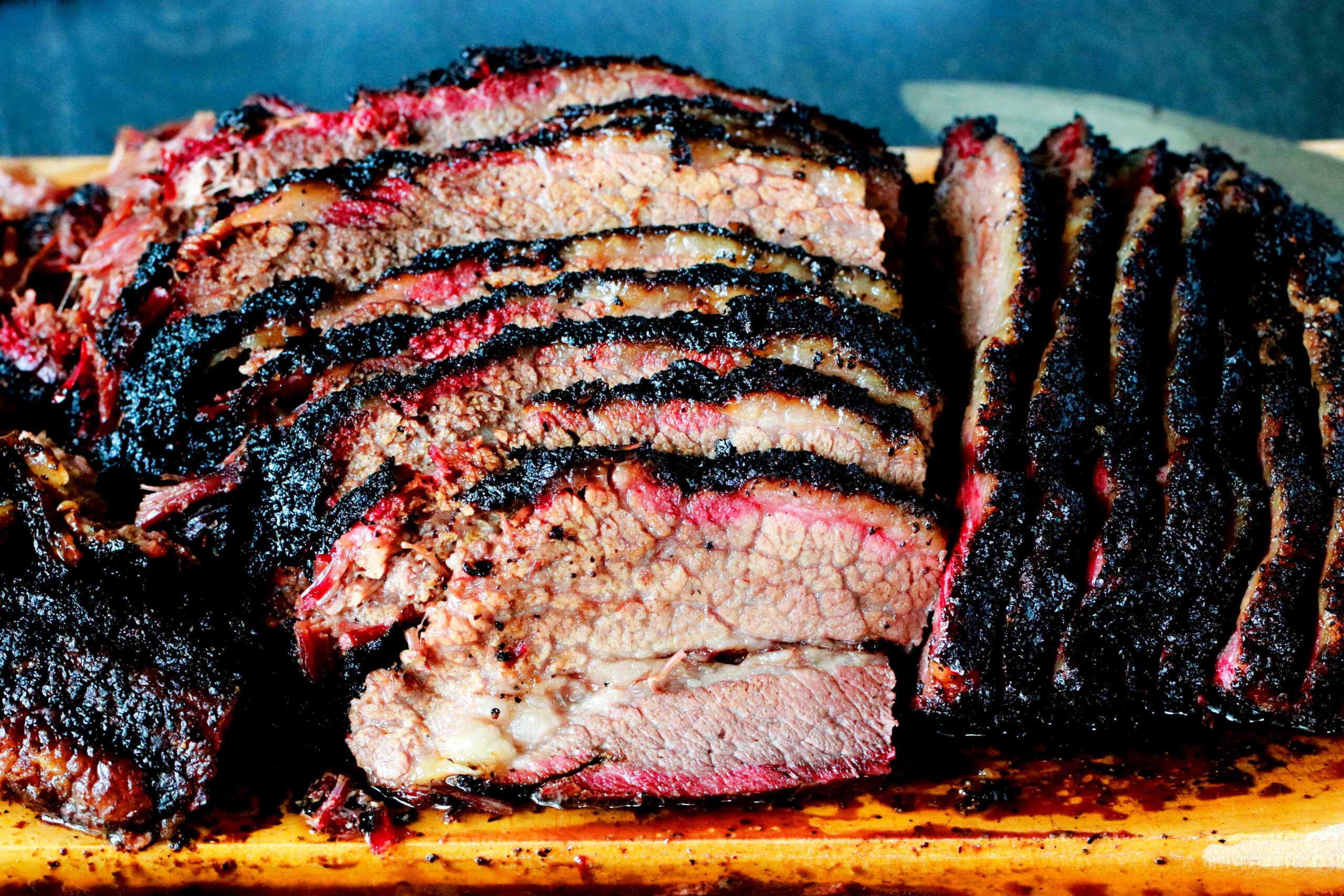In barbecue lore, there may be few more iconic dishes than Texas-style smoked beef brisket. This juicy, tender, smoky cut of meat is more than just a meal — it’s a coming of age for pitmasters and a treasured tradition among meat enthusiasts throughout the Lone Star State. With a candied bark on the outside and melt-in-your-mouth heaven on the inside, a perfectly smoked brisket is the acme of BBQ art.

In this article, we’ll explore the roots of Texas brisket, how to prepare it like a true Texan, and tips to master your own backyard smoking game.
The Legacy of Texas Brisket
Brisket has been central to Texas barbecue culture for decades, with origins dating back to Jewish immigrants in the 1800s and German meat-smoking heritage. Although every region of Texas has its own version — from East Texas chopped brisket to Hill Country’s stripped-down style — Central Texas style has become the standard by which all others are judged.
In Central Texas, brisket is merely seasoned, smoked low and slow over oak wood, and served unsauced — because when done correctly, it doesn’t require it.
What Makes Texas-Style Brisket Unique?
Here’s what makes Texas brisket special:
1. The Cut
Brisket is cut from the bottom part of the cow’s chest, a muscle that bears a lot of weight and contains a lot of connective tissue.
A whole brisket, or “packer cut,” has two sections: the flat (lean) and the point (fattier and tastier).
2. The Rub
Texans don’t believe in messing things up: a rough kosher salt rub and cracked black pepper — done.
No added sugar, no paprika, no special spice mix — just the fundamentals to allow the meat and the smoke to be front and center.
3. The Smoke
Post oak is the go-to wood in Central Texas for its clean, mild flavor.
Low and slow is the game — smoking at about 225°F to 250°F for 10 to 16 hours depending upon size.
4. The Bark
The outside develops a rich, dark bark — a crust of rendered fat, smoke, and the salt-pepper rub.
This bark is arguably one of the most coveted elements of authentic Texas-style brisket.
How to Prepare Texas-Style Smoked Beef Brisket at Home
Ingredients:
1 whole packer brisket (10–15 lbs)
Coarse kosher salt
Coarse ground black pepper
Yellow mustard or water for binding, optional
Equipment:
Smoker or grill adapted for indirect heat
Meat thermometer
Wood (post oak is preferred)
Instructions:
1. Trim the Brisket
Trim the excess fat, leaving approximately ¼ inch on top for flavor and moisture. Cut off any hard fat that will not render during cooking.
2. Use the Rub
Season liberally with a 50/50 combination of pepper and salt. You may use a binder such as yellow mustard or water to make it stick, but it is not necessary.
3. Set up the Smoker
Preheat your smoker to 225–250°F and place wood chunks to provide constant smoke. Position the brisket fat side up or down based on your heat source (down when the heat source is below).
4. Smoke the Brisket
Position the brisket onto the smoker and smoke without the lid for the initial 6–8 hours, or till the internal temperature reaches around 160–170°F and barking occurs.
5. Wrap It
Wrap in butcher paper (ideal for crisper bark) or foil. This helps drive through the “stall” — internal temperature plateau from evaporation.
6. Finish Cooking
Smoking continues until internal temp hits 200–205°F, or when a thermometer probe slides in like butter.
7. Rest
Rest the brisket (still wrapped) in a cooler or oven (switched off) for at least 1 hour, preferably 2–3 hours. This redistributes juices and keeps it tender.
8. Slice and Serve
Cut against the grain — flat in thin slices, point in thicker slices. Serve with white bread, pickles, and onions — Texas-style.
Tips for the Best Brisket
Be patient: Good brisket takes time — don’t rush it.
Don’t over-trim: Leave sufficient fat for moisture.
Use a good thermometer: Brisket is ready when it feels tender, not necessarily at a specific temperature.
Practice makes perfect: Each brisket is a learning experience.
Common Mistakes to Avoid
Too much seasoning: Use only salt and pepper to allow the beef to shine.
Not letting it rest: Cutting too soon can lead to dry meat.
Inconsistent temperature: Changes in smoker temp can cause uneven cooking.
Texas BBQ Culture and Brisket
Brisket is more than just a dish in Texas — it’s a cultural phenomenon. From family gatherings around the backyard to iconic BBQ eateries like Franklin Barbecue in Austin or Snow’s in Lexington, brisket gets special treatment at the table.
Lines tend to go on for hours at the most popular places, where pitmasters rise early before the sun to attend to their fires and get every last drop of flavor from this humble cut of meat.
Final Thoughts
Texas-style smoked beef brisket is the barbecue king and for good reason. With its rich smoky flavor, velvety bite, and classic bark, it’s a reminder of what low and slow can achieve when it’s done with patience, care, and a little bit of Texas pride.
Whether you’re firing up your first smoker or trying to duplicate a Franklin-worthy brisket, the process is just as enjoyable as the first bite. One thing is sure — once you experience a flawless Texas brisket, there’s no turning back.

Leave a Reply